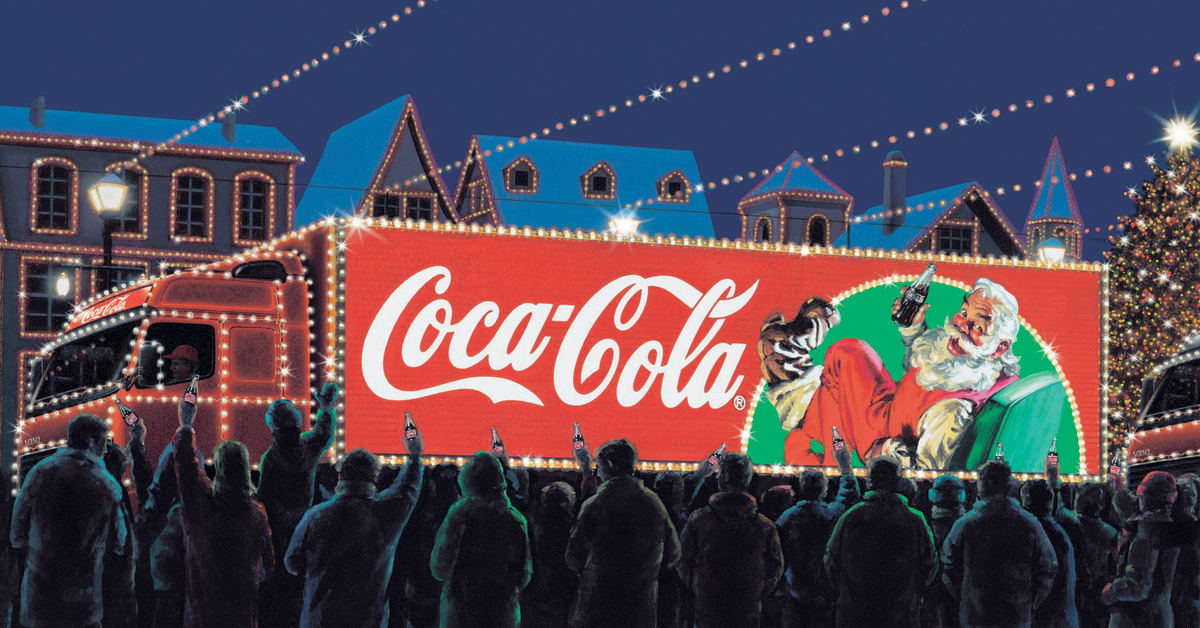Customers are intimately familiar with how brand excitement or brand dislike is communicated: word of mouth, written recommendations, ratings, reviews, etc. Everyone can access information about a brand’s stuff – the good, bad, and ugly.
When digital was young, we approached it with an advertising mindset. But digital media, mobile media, and social media are really three names for the same thing: a social web that is powered by human media. And anytime humans are in the mix, we need to be thinking about behavior.
Convincing people to change is a like a game, and brands that create the best change understand how games work. Sebastian Detering says, “Games are fun to play because they are designed well, not because they are games.” How do game designers do it? They craft smart, interesting choices and place them inside of the intersection where a behavioral change should happen.
Here’s a great example:
Most people know they should save more, but don’t. To influence customers to change banks, Bank of America rolled out a program in which debit card purchases would ‘round up’ to the nearest dollar and the ‘change’ would go into a person’s savings account.
Taking human behavior as the point of departure, like the game designer, they place a smart choice at the intersection where a person’s behavior takes place; in choosing to spend with Bank of America’s debit card a person automatically chooses to add to their savings account.
Why this works:
- Social from the start: “Keep the change” is catchy, has meaning and creates much more curiosity than something like “Gold Elite”. It is written with behavioral change in mind, using brand language that is both authentic and human.
- Here to help you: Bank of America knows people feel they should save more and uses this as a point of departure. Triggering automatic savings at every purchase helps customers to help themselves and demonstrates the brand’s higher purpose in growing and nurturing the relationship.
- Show you your data: A pillar of game-designer thinking and choice architecture is feedback. By reporting progress over time and providing apps and other ways to visualize the data, results (simple to share on the social web), make it easy for customers to talk about their experience with badge value, and create possible advocates.
In the advertising-mindset, brands want to be remembered. In the post-advertising world, brands must be valued and understood. They do this by customer involvement.
The Blake Project Can Help: The Customer Experience Workshop
Branding Strategy Insider is a service of The Blake Project: A strategic brand consultancy specializing in Brand Research, Brand Strategy, Brand Licensing and Brand Education






